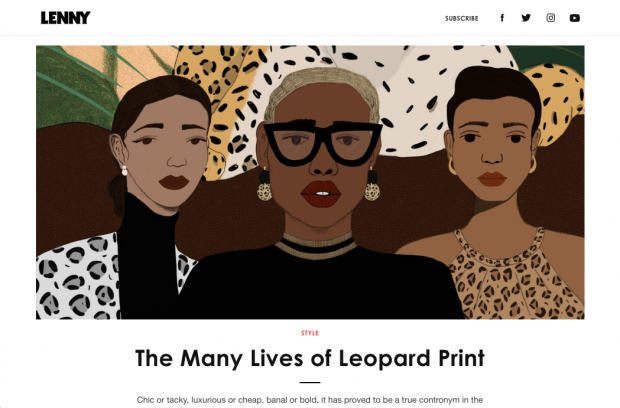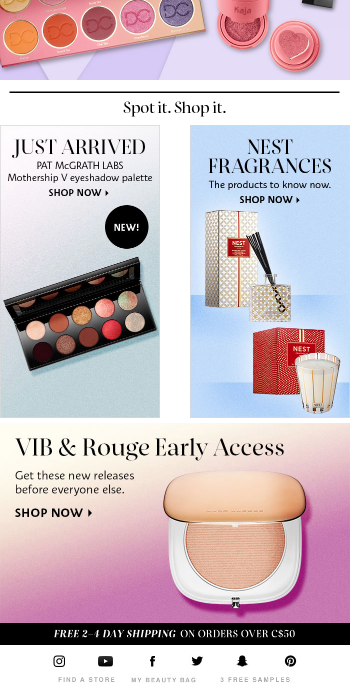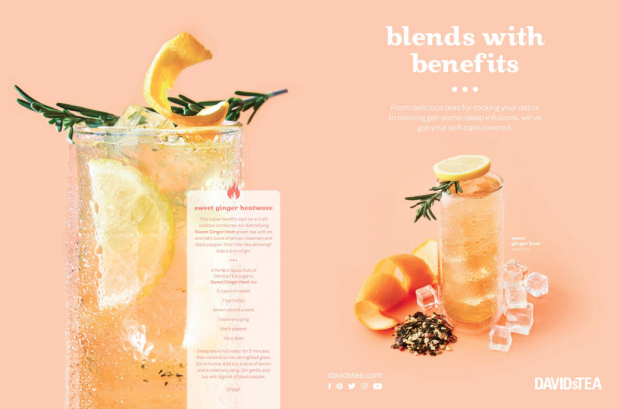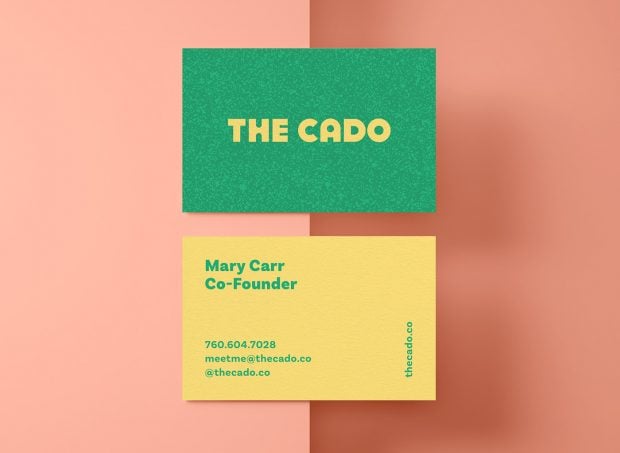Add social media icon to your website, enterprise cards, and other digital and physical marketing materials to develop your social media following and connect with clients on different channels.
Not to be confused with share buttons or wordmarks, social media icons are shorthand symbols that hyperlink to your company profile on different networks (or, in the case of print materials, simply let people know that your company is on these networks).
Most often, social media icon uses the first-letter or symbol logo of the social media firm. Think Facebook F, Twitter bird, or Instagram camera.
Some logos can be found in “containers.” Containers are shapes enclosing the letter or symbol. Very often the icons are colored with the company’s official hues, however, they’re sometimes additionally available in monochrome.
Thanks to their widespread use by companies, most customers expect firms to have icon hyperlinks on their websites and are savvy enough to know where to look for them. Neat and uniform in style, icons are a tidy alternative to annoying “follow me” pop-ups.
How to use social media icon in your marketing materials (legally)
Whether online or offline, social media icons can give a hyperlink to your company’s social channels. Listed below are a few ideas and methods for utilizing them successfully on different mediums.
Websites
Often brands will place social media icons in the header and/or footer of their website. However, they may also be placed on a floating left or right sidebar for better prominence.
As a common rule, icons placed above the fold have a greater chance of being seen.
Emails and newsletters
Having social media icons in your email signature or newsletters provides additional methods to connect with recipients. If networking is necessary and your company permits, you can even add a public profile LinkedIn badge.
Follow these steps to add icons to your email signature:
Outlook signature
1. In Outlook, from the Home tab, choose New Email.
2. On the Message tab, in the Include group, choose Signature, then Signatures.
3. From the E-mail Signature tab, in the Edit signature box, choose the signature you wish to edit.
4. In the Edit signature text box, add a new line beneath the current signature.
5. Select Image, then go to the folder where you downloaded icons and choose the icon you’d like to include.
6. Spotlight the picture and choose to Insert then Hyperlink.
7. In the Address box, enter the web address for your corresponding firm profile.
8. Choose OK to complete modifying the new signature.
9. On the Message tab, in the Include group, select Signature, and then select your newly modified signature.
Gmail signature
1. Open Gmail.
2. Click on the settings glyph in the top right corner.
3. In the Signatures, section clicks the Insert Picture image to add your downloaded icon.
4. Spotlight the picture and click on the Hyperlink image.
5. Add the web address for your firm profile.
6. Scroll to the bottom and choose Save Modifications.
Newsletters
Most publishers place social media icons in the newsletter footer because usually, the purpose of newsletters is to promote website products, services, or content material.
Gmail can sometimes clip long messages, so if gaining social followers is one of your newsletter targets, put the icons in the header or above the fold and consider using a call-to-action. Alternately, if the purpose of your newsletter is to advertise content, you could want to consider including share icons, and inserting follows icons in the footer.
Social media icons are space savers in print collateral like brochures, print ads, or enterprise cards. However, don’t forget that you can’t hyperlink on paper.
A great workaround for offline icons is to use just the domain name and the direct hyperlink to your firm’s page. Or, skip the domain name altogether.
On enterprise cards, when you don’t plan to include a URL or handle, then you could not want to embody the icon—especially if the handle isn’t obvious. But if your company has a high profile and is simple to search out on social media, standalone icons could be an elegant method to signal your brand’s presence on social media in print ads and brochures.
TV and video
Like print, when you’re utilizing video on a medium that doesn’t permit viewers to click on an icon, then you should embody the URL. On YouTube, you may include clickable icons utilizing the annotations function. Most often “follow” call-to-actions come at the finish of a brand video. Ensure to allow enough time for viewers to read the URL.
Many social media brands require permission requests and generally mock-ups before permitting firms to use their icons.
Best practices for using social media icons
Thanks to the widespread use of reshaped and revised icons and third-party websites like Iconmonstr or Iconfinder, many brands, and social media managers don’t realize that using altered icons is strictly forbidden.
Listed below are some common guidelines you need to be familiar with before adding social media icons to your marketing materials.
Download from the source
When in search of social media icons, try getting them from the social network websites first. We’ve additionally assembled the download hyperlinks for the most popular social media icons below.
No alterations
All social media logos and icons are trademarked. Which means rotating, outlining, recoloring, animating, or edits of any type aren’t permitted.
Size uniformly
Show all social media icons at equal size, height, and resolution if possible. Don’t show social media icons bigger than your own logo or wordmark. And don’t show any of the network icons larger than one other network icon (e.g., making the Facebook icon larger than the Instagram icon).
House evenly
Ensure icons are spaced in a method that meets the “clear space” requirements of each social media firm.
Choose three to five
Very often icons are used as call-to-actions, and when you use too many, you risk overwhelming guests with decision fatigue. Not to mention the clutter that too many icons create on enterprise cards or assets with limited space. Decide the top 3 to 5 channels which are most necessary for your brand and viewers. A full list could be included in the contact part of a website or in the website footer.
Order by priority
If LinkedIn is a more strategic network for your brand than Instagram such as be certain LinkedIn appears first in your icon list.
Use the latest version
Social media companies require that brands utilizing their icons to ensure they maintain them updated. But also, utilizing old logos will stick out and could signal that your organization is “behind the times.”
Don’t use the wordmark
Most social media companies explicitly state that you need to never use the wordmark in place of the icon. Wordmarks are sometimes for corporate use only and represent the corporate, as opposed to your organization’s presence on the network.
Make your brand the focus
Featuring icons too prominently may wrongly imply sponsorship, partnership, or endorsement, and potentially land your organization in legal trouble. Plus, your brand needs to be the focus of your advertising materials anyway.
Link to your company profile
This can seem obvious, however, don’t hyperlink to a product page, private profile, or the generic homepage of the site. It’s commonly understood, expected, and in some cases required, that these icons hyperlink to your organization profile page on the specified network.
Request permission
As a general rule, when you plan to use the icons in a method not specified in the brand guidelines, it’s greatest to double check. Some brands could forbid the use of icons on manufactured products, for example, T-shirts or other memorabilia. In other cases, you could be required to send a mock-up of intended use.






